Hiraizumi’s History
Related people
Minamoto no Yoshitsune and Hiraizumi
The Upbringing of Minamoto no Yoshitsune ~Then To Hiraizumi~
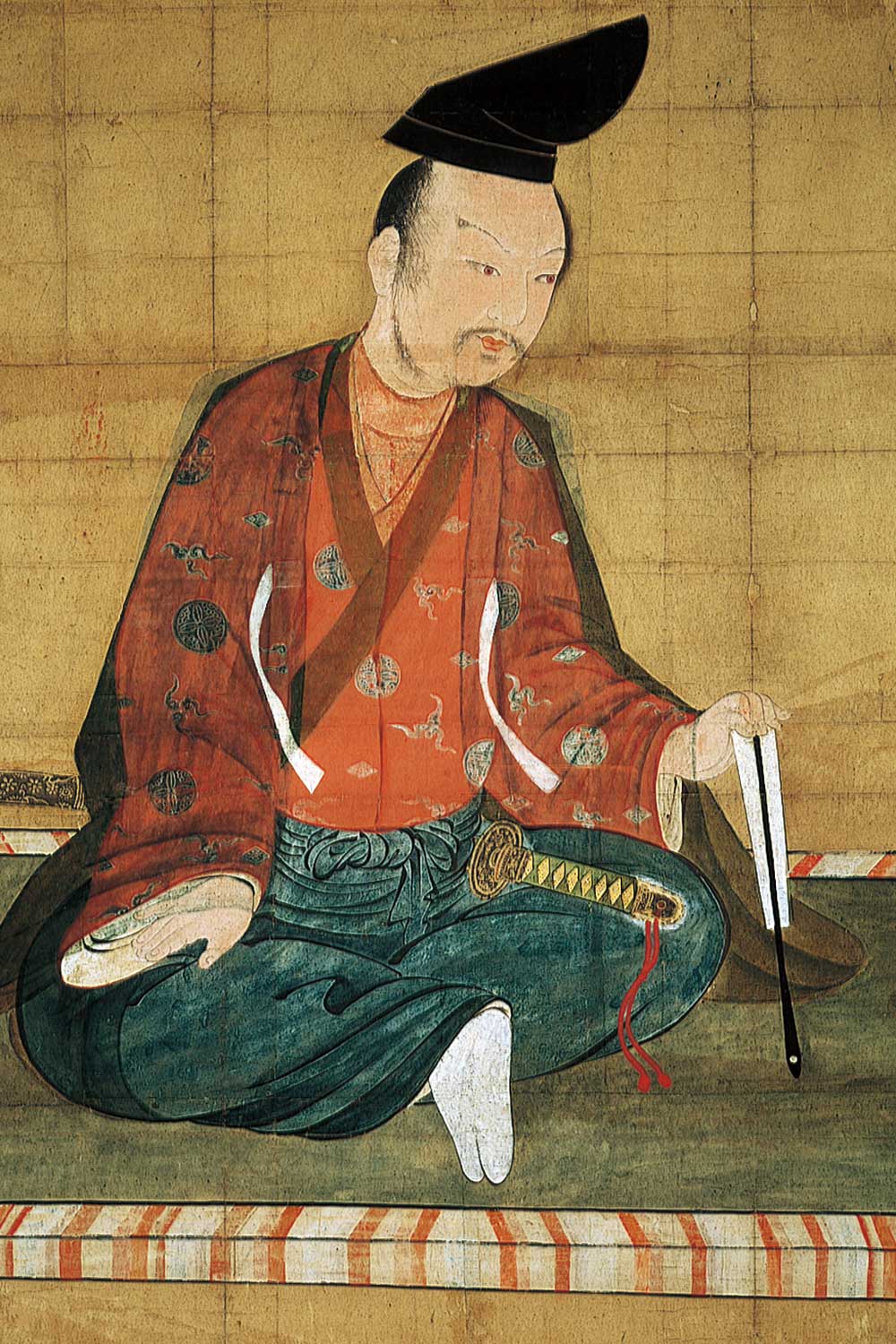
Image of Yoshitsune (Konjiki-in Temple of Chuson-ji Temple)
Azuchi-Momoyama period
Minamoto no Yoshitsune was born as the ninth son of Yoshitomo. After Yoshitomo died in battle when he was defeated by Taira no Kiyomori in the Heiji Rebellion, Yoshitsune was placed in the care of the monks at Kurama Temple in Kyoto. However, Yoshitsune didn’t want to become a monk and he ran away from Kurama Temple at age 16 and headed for Hiraizumi. It is said that Fujiwara no Hidehira welcomed Yoshitsune warmly and it’s thought that Hiraizumi is where Yoshitsune spent his youth.
The War With The Taira Clan ~The Achievements Of Yoshitsune~
Upon hearing that his brother Yoritomo had raised an army against the Taira clan, Yoshitsune left Hiraizumi to join with Yoritomo. Yoshitsune struck a couple of large blows against the Taira clan at the battles of Ichinotane and Yashima. Finally, the Taira clan were destroyed at the Battle of Dan no Ura.
Return to Hiraizumi ~The Final Years Of Yoshitsune~
Yoshitsune received an official position from the Imperial Court as a reward for destroying the Taira clan. However, this ruined relations with Yoritomo. This ended in Yoshitsune being pursued by Yoritomo and after a long period on the run he returned to Hiraizumi and the protection of Hidehira. However, Hidehira soon passed away after Yoshitsune arrived in Hiraizumi and because of this pressure from Yoritomo strengthened. Yasuhira, Hidehira’s successor, was unable to withstand this pressure and he attacked Yoshitsune at Koromogawa no Tachi Residence. In the end, Yoshitsune committed suicide along with his wife and child.
There’s a Place in Hiraizumi Associated with Yoshitsune
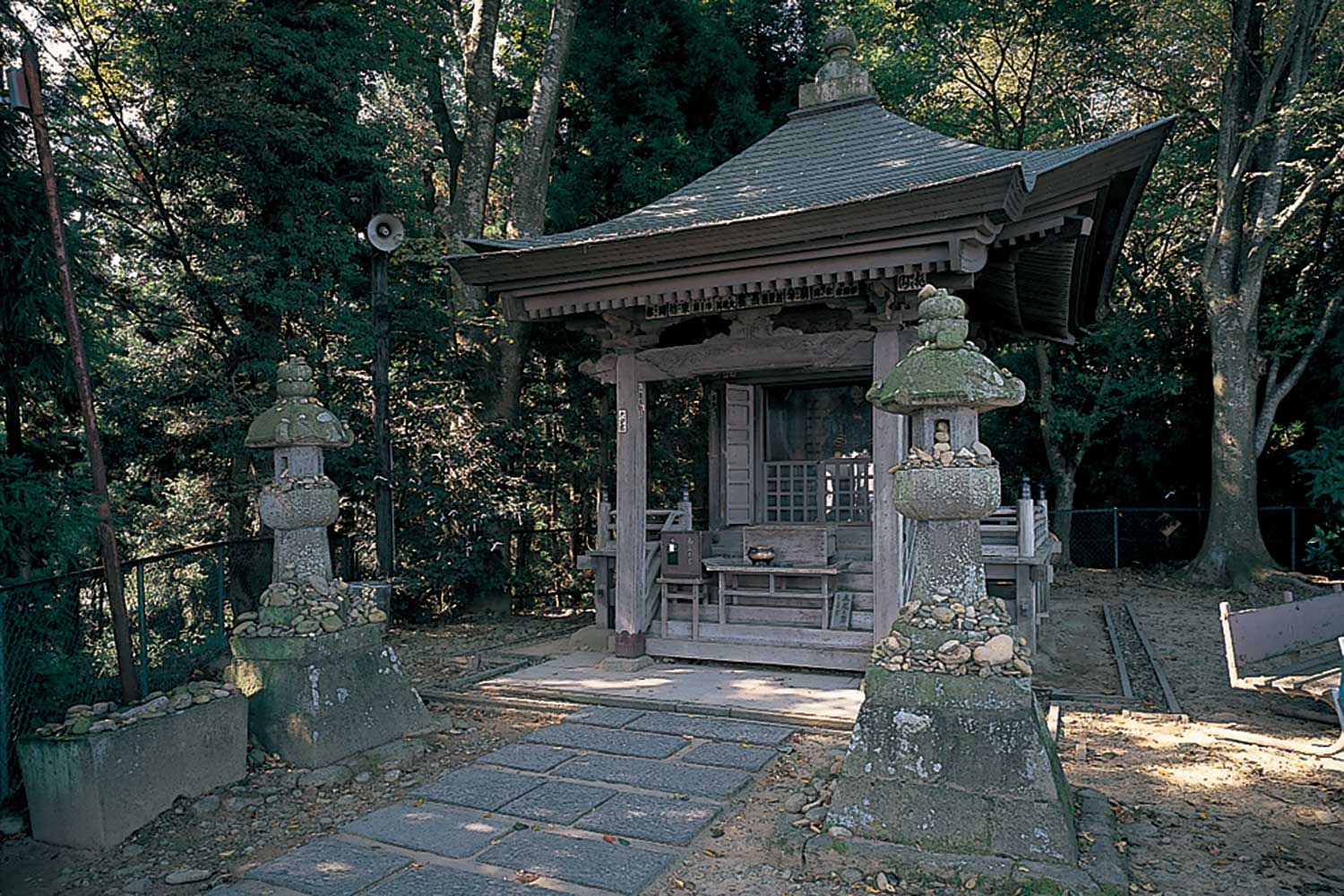
Takadachi is known through literature like Gikeiki and performing arts from the Middle Ages as the place where Yoshitsune spent the final stages of his life.
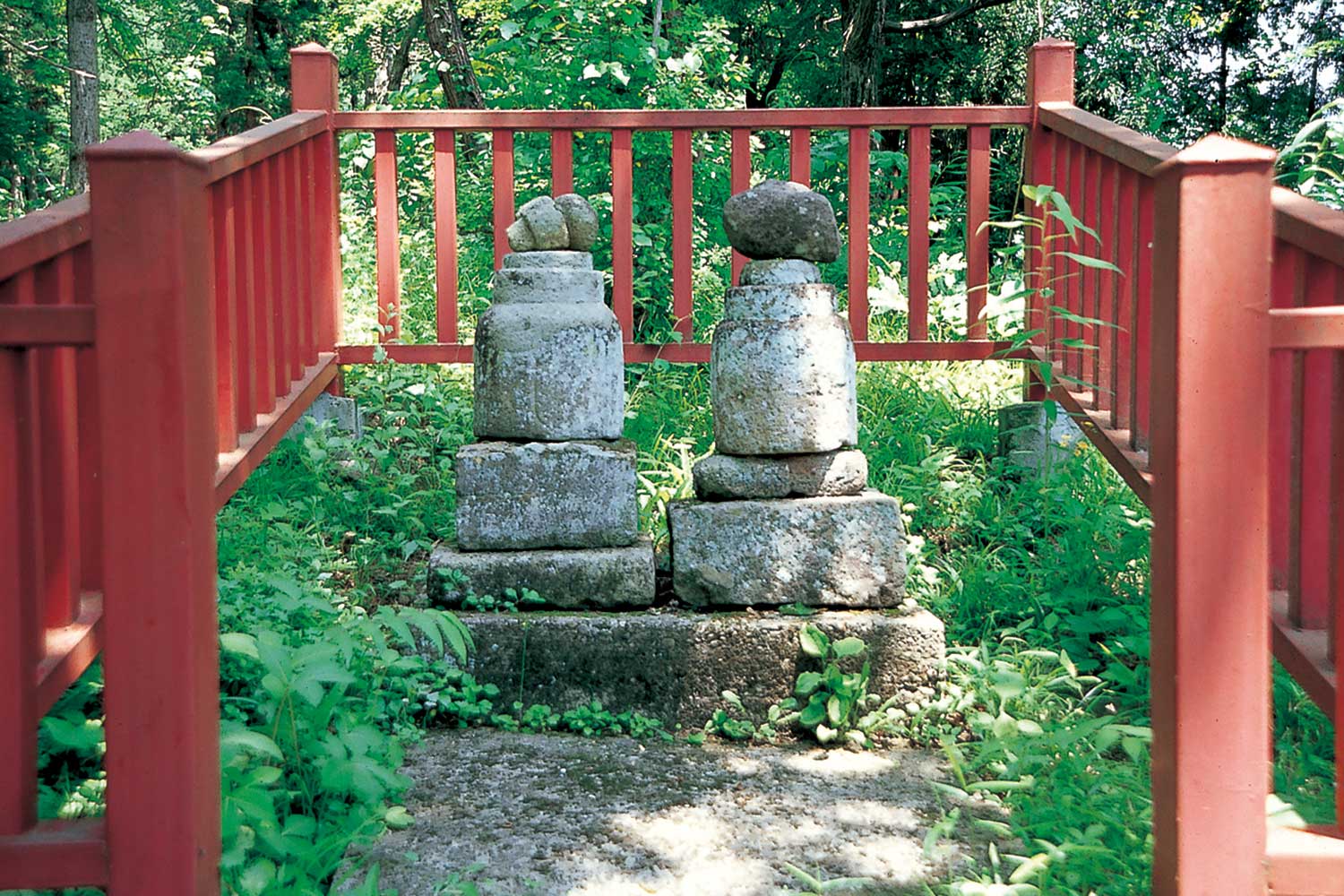
The stone monument at Senju-in Temple is said to be the grave of Yoshitsune’s wife and child.
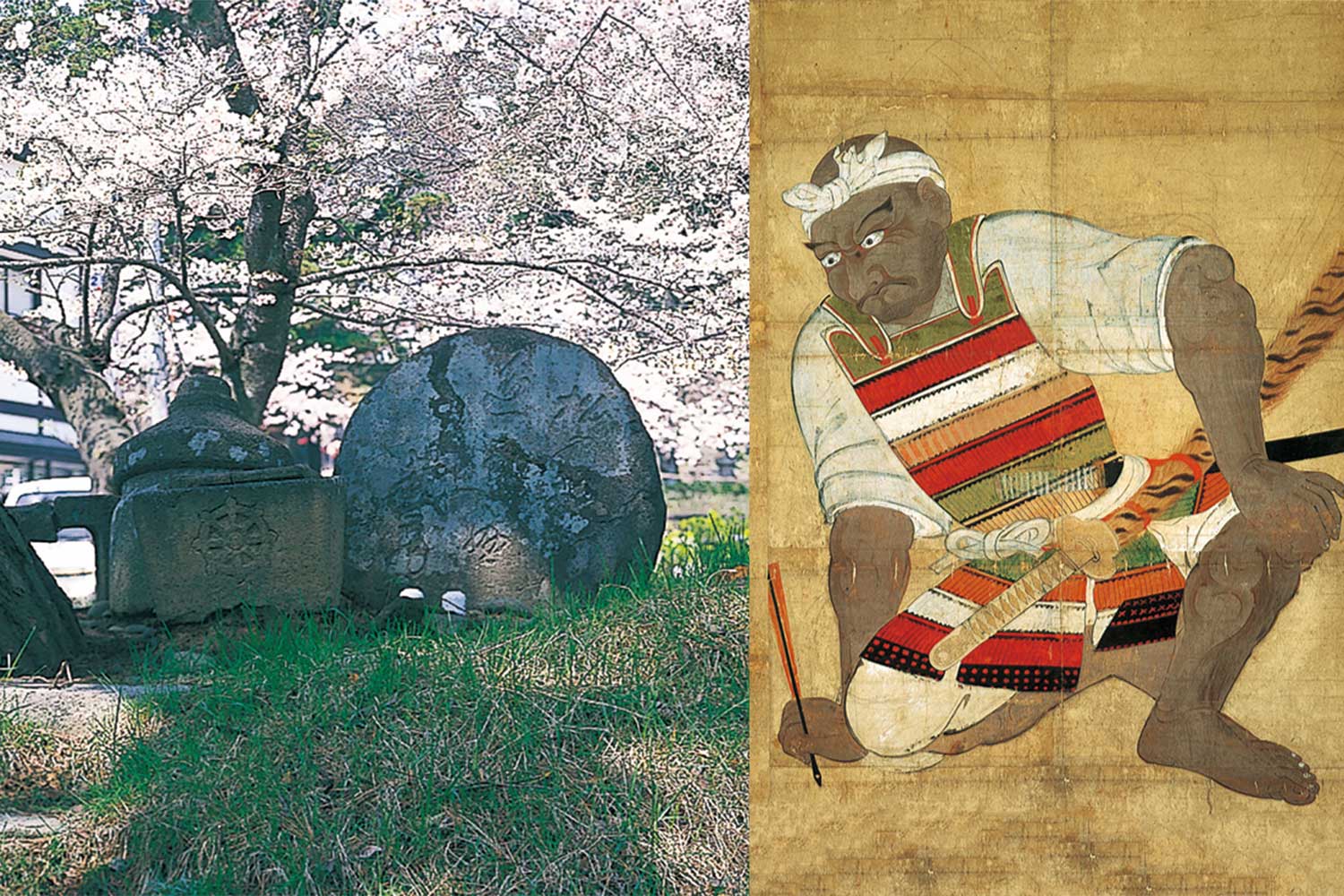
Benkei images (collection of Konjikiin Hall)
Musashiba Benkei, one of Yoshitsune’s retainers, is said to have been a unique, larger-than-life character who was loved and respected by Yoshitsune as well as by generations of people from long ago.
The grave of Benkei is located near the entrance to Chuson-ji Temple at the start of the Tsukimizaka Slope.
Yoshitsune Lives On Into The Present Day
The legends surrounding Yoshitsune are found in literature, performing arts and pictures from the generations after his death and he lives on in people’s hearts and minds through these. There is also the Legend of the Immortal Hero in parts of Iwate Prefecture, Akita Prefecture and Hokkaido which says that Yoshitsune escaped from Hiraizumi and survived
A legend that Yoshitsune escaped north exists in various places
Yoshitsune in the Fujiwara Spring Festival
In present times we can enjoy the feats of Yoshitsune as the main character in TV dramas and comic books.
People Who Told Of The Culture Of Hiraizumi In Literature
Saigyo
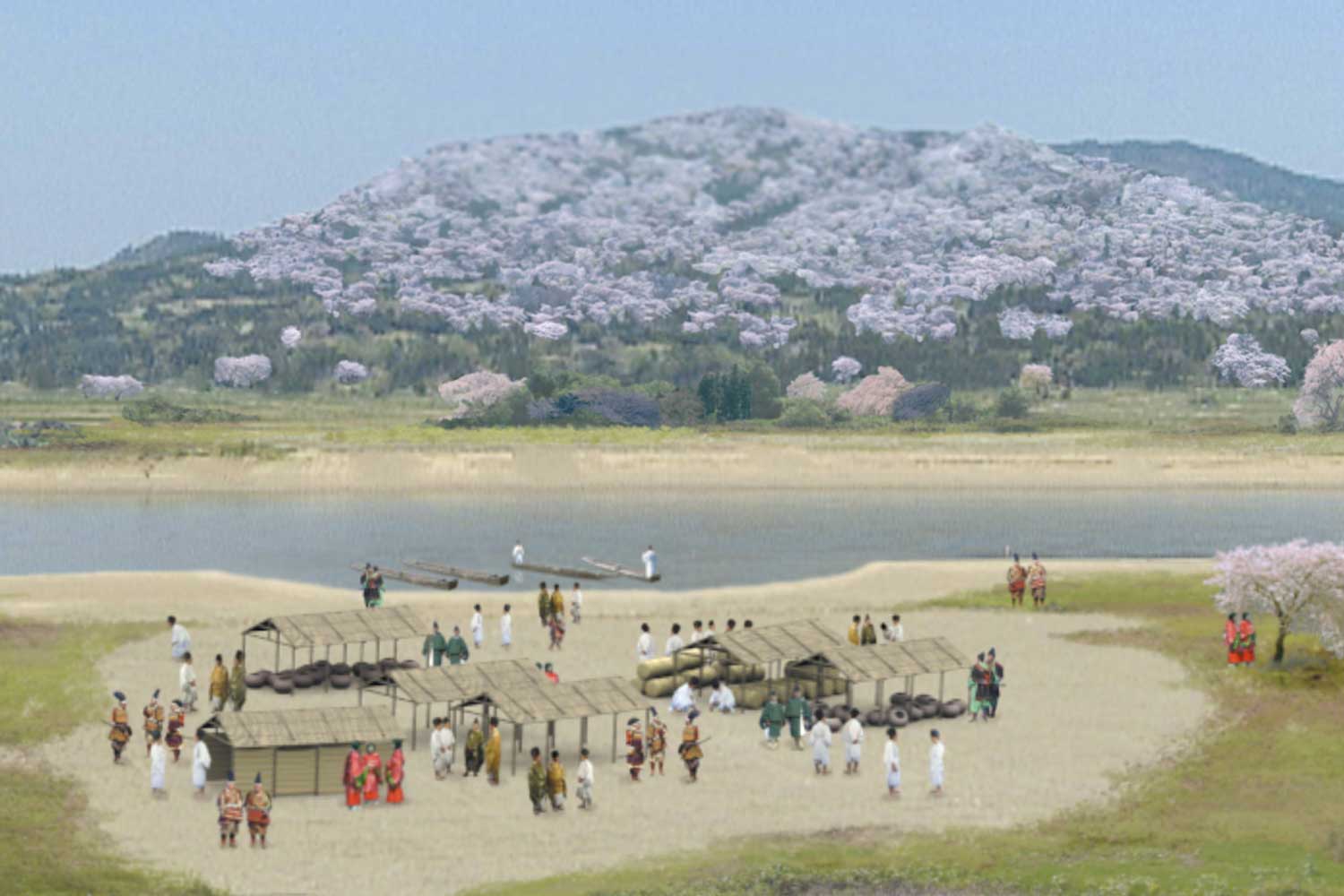
The cherry trees of Mt. Tabashine (CG recreation)
Saigyo, a poet of the late Heian period, twice visited Hiraizumi. Saigyo was deeply moved by the beauty of the thousands of cherry trees said to have been planted on Mt. Tabashine at this time and he wrote the following poem.
How marvelous, the cherry blossom of Mt. Tabashine.
I had never heard of
Another place as beautiful
As Yoshino
(He was surprised that the cherry trees of Mt. Tabashine that he had never heard of were as beautiful as the famous cherry trees in Yoshino, Nara.)
Matuso Basho
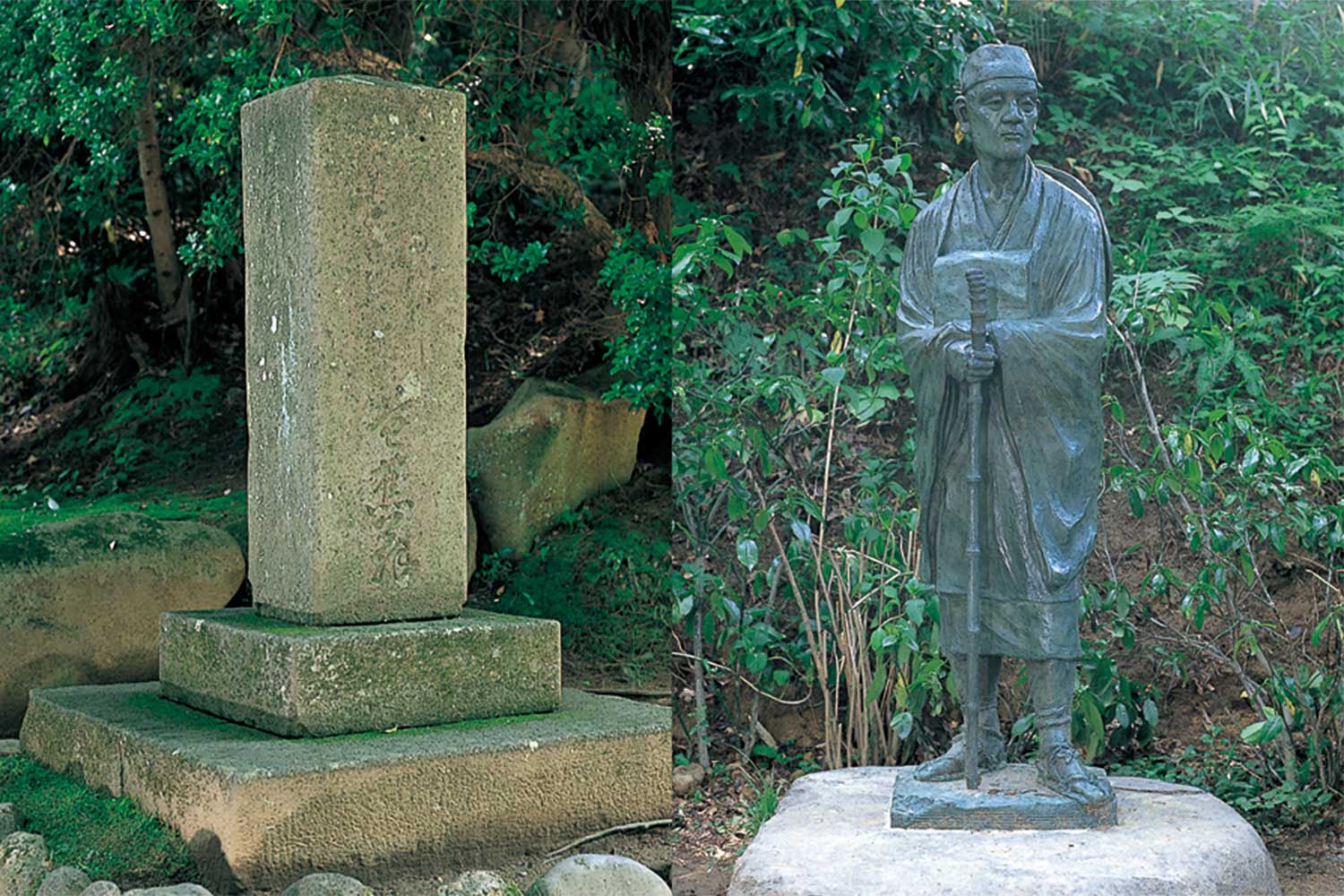
Statue of Basho and stone with his haiku inscribed (Chuson-ji Temple)
Matsuo Basho, a haiku poet of the Edo period, visited Hiraizumi in 1689. Standing on top of Takadachi, Matsuo Basho wrote the following poem in memory of Yoshitsune, his retainer and the Fujiwara clan.
The summer’s grass
‘Tis all that’s left
Of ancient warrior’s dreams.
(Inscribed monument: Motsu-ji Temple)
The following poem is found at the Konjiki-do Golden Hall of Chuson-ji Temple.
Untouched by
The rains of May
Shining Hall
(Inscribed monument: In front of the Konjiki-do Golden Hall of Chuson-ji Temple)
Basho wrote Oka no Hosomichi (The Narrow Road of the Provinces) based on this trip.